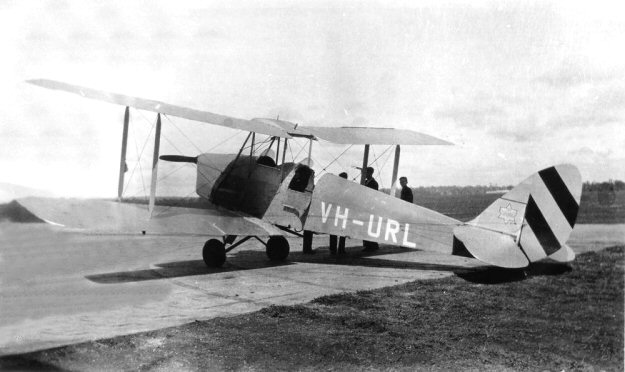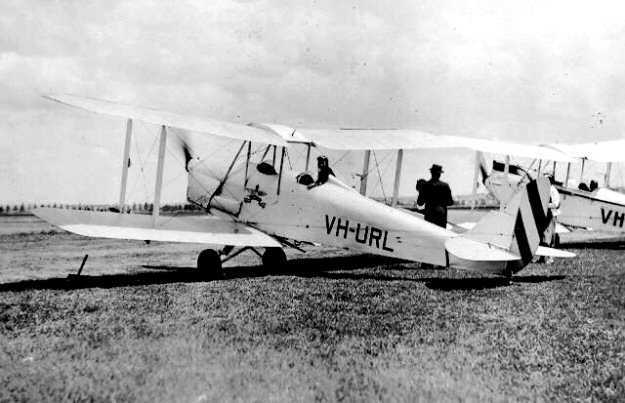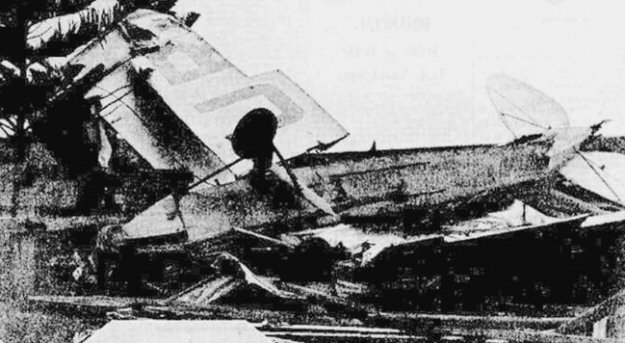VH-URL de Havilland D.H.60GIII Moth
(c/n 5052)

In 1931 de Havillands took a Gipsy II engine
and turned it upside down and re-designated it the
Gipsy
III. This engine was then fitted to the Moth to create the
D.H.60GIII. At first glance it is
almost
indiscernible from a Tiger Moth. This example was operated by the
Royal Queensland
Aero Club from
1935 until it was impressed into RAAF service as A7-82 in 1940.
The above
image,
from the John Oxley Library, State Library of Queenland collection,
appears to show the
aircraft in
camouflage, but still civily registered. In the photo
below, from the John Hopton coll-
ection,
the Moth is seen pre-war in the RQAC's all silver scheme.
57 of this model were
built
including ten
as fuselages for the Royal Air Force as Queen Bee
target drones. Following abuse
by
cadets (several forced landings) during WW II, A7-82 was "reduced to
produce" in July 1944.
VH-URL, like most of the Moths, suffered its share
of accidents. On 5 December 1935 it was
flying back from Sydney to
Brisbane with RQAC member Mr. D.R.Way at the controls and a
Mr. Howard
Eakins as passenger. Poor visibility forced the pilot to make an
emergency landing
on the
golf links adjacent to Crescent Head, NSW. Upon take
off later the machine struck a
fence bordering
the golf course and the seashore careening into a tent containing an
elderly woman,
Mrs. V.A.
McKernan, who was killed and her daughter, seriously injured.
Both pilot and passenger
sustained minor
injuries. The grainy image at the bottom of the page is from the
Sydney Morning
Herald for 7
December 1935. Despite the horrific damage visible in this
photo, the aircraft was
rebuilt and
went on to suffer at least one more serious accident
when it overturned at Evans Head,
NSW in
September 1939. Clearly these old Moths were much more durable
than today's spam
cans are!




